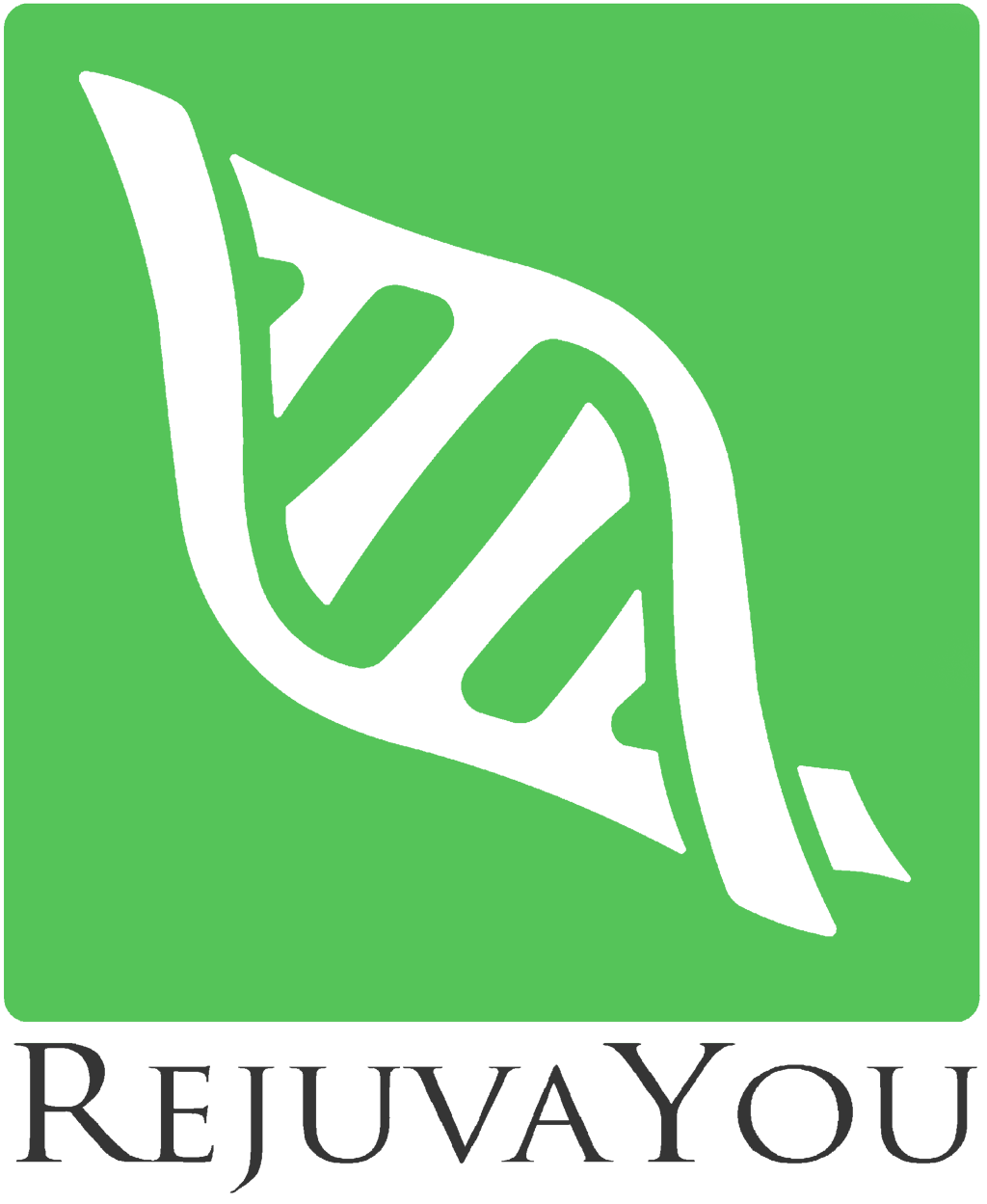Chemical Peels Treatment
Chemical peels Treatment in South Pasadena, CA
Treatments
Triple Rejuvenation Peel
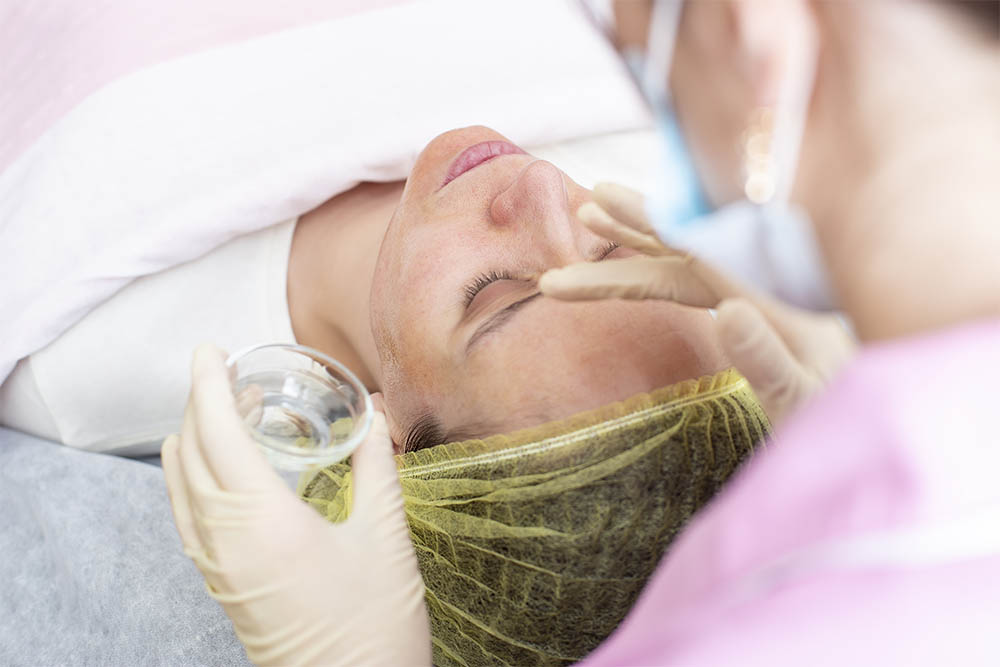
RejuvaYou Medical Spas harnesses the noninvasive power of three different peeling solutions to bring your new skin to the surface. The treatment begins with a thorough scrubbing of the targeted area (patients can opt to use the treatment on areas beside the face, such as the neck, chest, hands, or even the back) before the solution is carefully coated on the epidermises with our peeling combination of Trichloroacetic acid (TCA), Salicylic acid, and Retinoic Acid. This specially formulated trio of ingredients sets to work immediately, stimulating collagen production for new skin growth.
By exfoliating the outer skin layers, the procedure stimulates the growth and healing of healthy tissue, and helps reduce acne and smooth out wrinkles and acne scars.
*Most patients peel starting on the 3rd day, and to continue peeling up to the 5th day, so plan your visit accordingly.
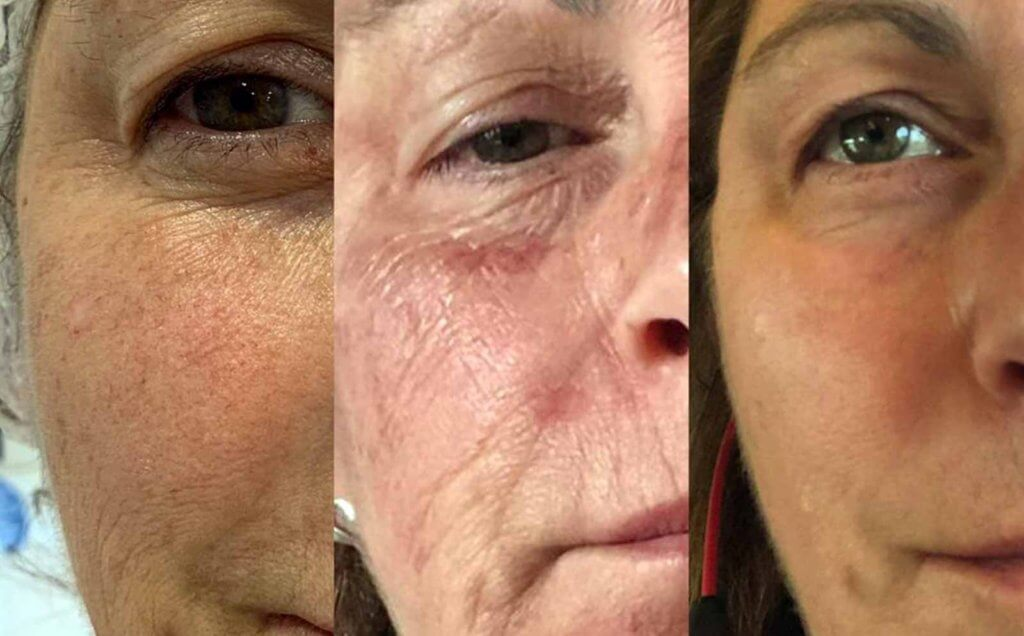
What is a chemical peel?
A medical grade chemical peel is a noninvasive topical treatment that uses certain beneficial ingredients to resurface, refresh and rejuvenate the surface of your skin.
Chemical peels are effective for improving the condition of your skin because it causes the surface layers of your skin to shed to reveal the softer, smoother and healthier layers of skin beneath. Peels also encourage collagen production which will not only aid in the healing process but also the formation of new and stronger tissue.
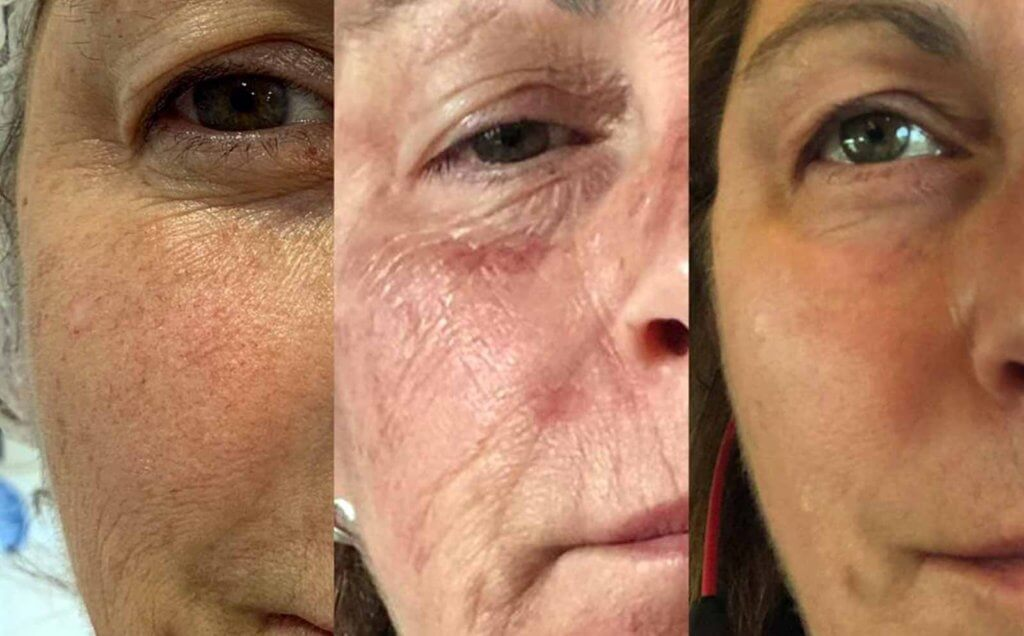
Why should I get a chemical peel?
Chemical peels are beneficial for most people because it can improve various skin conditions. Chemical peels are also a safe, effective and quick way to keep your skin continually fresh and healthy-looking.
Chemical peels can be used on most parts of the body in need of skin rejuvenation. Besides the face, chemical peels are most commonly applied to the neck, chest and hands.
Here are the following skin conditions chemicals peels can improve:
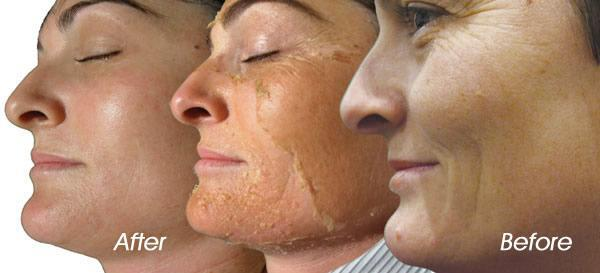
What are the pre-care instructions?
Tanning, waxing or undergoing any laser skin treatments directly before and after a chemical peel is prohibited because it could severely damage and/or scar your skin. It is also highly recommended that you do not tan your skin while in the process of completing a series of chemical peel treatments.
As a precaution, it is also recommended to stop using any retinoid or acidic creams a few days prior and following your treatment.
Lastly, a chemical peel treatment cannot be performed on any open sores, wounds, or cuts. This is very important because doing a chemical peel over traumatized skin could cause an infection, improper healing or scarring.
What happens during a chemical peel treatment?
Chemical peels are very quick, painless and simple treatments that are no longer than 20 minutes long.
Before the treatment begins, the skin is properly cleansed and then sterilized with alcohol. Then, depending on the condition you are treating, the sensitivity of your skin and the practitioner performing your treatment, multiple layers of various ingredients will be applied to your skin. Finally, a layer of sunscreen is applied on top of the chemical peel solution to prevent serious damage to the skin since it is in a vulnerable state.
What are the after-care instructions?
Most medical grade chemical peels require approximately a week of downtime which includes a few days of peeling. On the third day after your peel, your treated skin will start to peel. Similar to your skin healing after a sunburn, the surface layer of your skin will slough off and will do so for generally two to three days. It is extremely important that you gently cleanse and pat dry your skin during this time. Do not exfoliate or harshly rub the treated area because it could interrupt the healing process and cause damaging effects to your skin.
You can return to your daily routine as soon as you have finished your session. But there are some things to avoid in the few days after your treatment.
In the first 24 hours after your treatment, your skin may be a little tender and pink. In this time be sure to adequately moisturizing your skin with a non-comedogenic moisturizer. Additionally, in those first 24 hours, be sure to avoid applying makeup to the treated area, intense workouts, excess sweating and prolonged sun exposure because they can cause skin irritation. Over the next couple days, also refrain from applying retinoid creams, waxing and laser skin treatments.
It is also recommended to apply sunscreen immediately after your treatment. It is also suggested that you make sunscreen application a daily habit because of your skin’s vulnerability to sun damage.
If you experience any adverse reactions or pain, please contact your doctor immediately.
What are the results of a chemical peel?
A week to ten days after your treatment, you will be done shedding the top layers of your skin. At that time, your skin will be extremely soft, noticeably smoother and lighter. The overall condition of your skin will be greatly improved as far as tone, texture and visibility of fine lines and wrinkles.
A typical chemical peel treatment plan includes three peels that are spaced two to four weeks apart. The space between treatments is dependent on the area and condition you are treating.
Your results will not last forever due to the natural aging process and other contributing factors like sun damage or a chronic skin condition. After finishing the initial treatment plan (three sessions in three months), it is suggested that you get a chemical peel every six months to maintain your results.
Am I a Good Candidate For a Chemical Peel?
Chemical Peels are a natural approach to rejuvenating the skin. Not sure if our Triple Rejuvenation Peel is right for you? We offer Free Consultations to evaluate your skin and to determine if this treatment is right for you. We can answer all your questions and all consultations come with a Free VISIA Skin Analysis Report (normally $150- pictured below).
Just give us a call or fill out the form below to have your skin evaluated by our professionals!
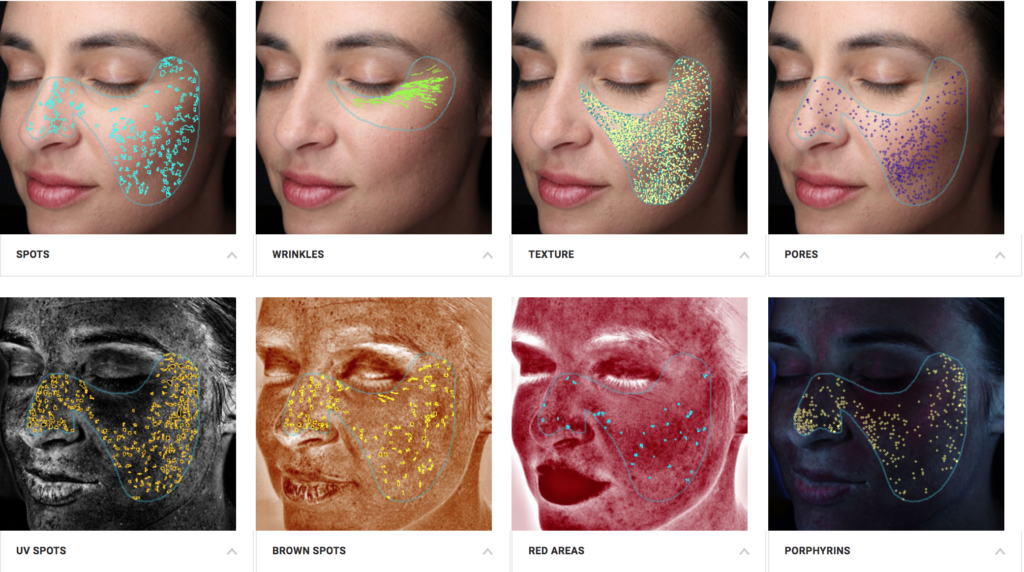
Frequently Asked Questions
How does a chemical peel work?
Do Chemical Peels hurt or are they painful?
How long does it take to recover from a chemical peel?
What are things to avoid when doing a chemical peel?
- Picking at the skin
- Skipping sunscreen
- Letting the skin dry out
- Not applying moisturizer
- Applying too much moisturizer
- Exfoliating
- Expecting immediate results
- Not staying hydrated
- Drinking excessive alcohol
How long does it take for a Chemical Peel to start peeling?
Can you shower after a chemical peel?
Why do I get pimples after a chemical peel?
Is it OK to wear makeup after chemical peel?
Is a Chemical Peel safe?
What are the benefits of a Chemical Peel?
- Improve the look and feel of skin
- Helps to balance color, clarity and tone of the skin
- Reduce age spots, freckles, and dark patches
- Stimulating new collagen and healthy skin cell growth
- Treatment of wrinkles caused by damage from the sun and aging
- Reduction of fine lines under the eyes and around the mouth
- Improving the appearance of mild scars
- Treat certain acne types

